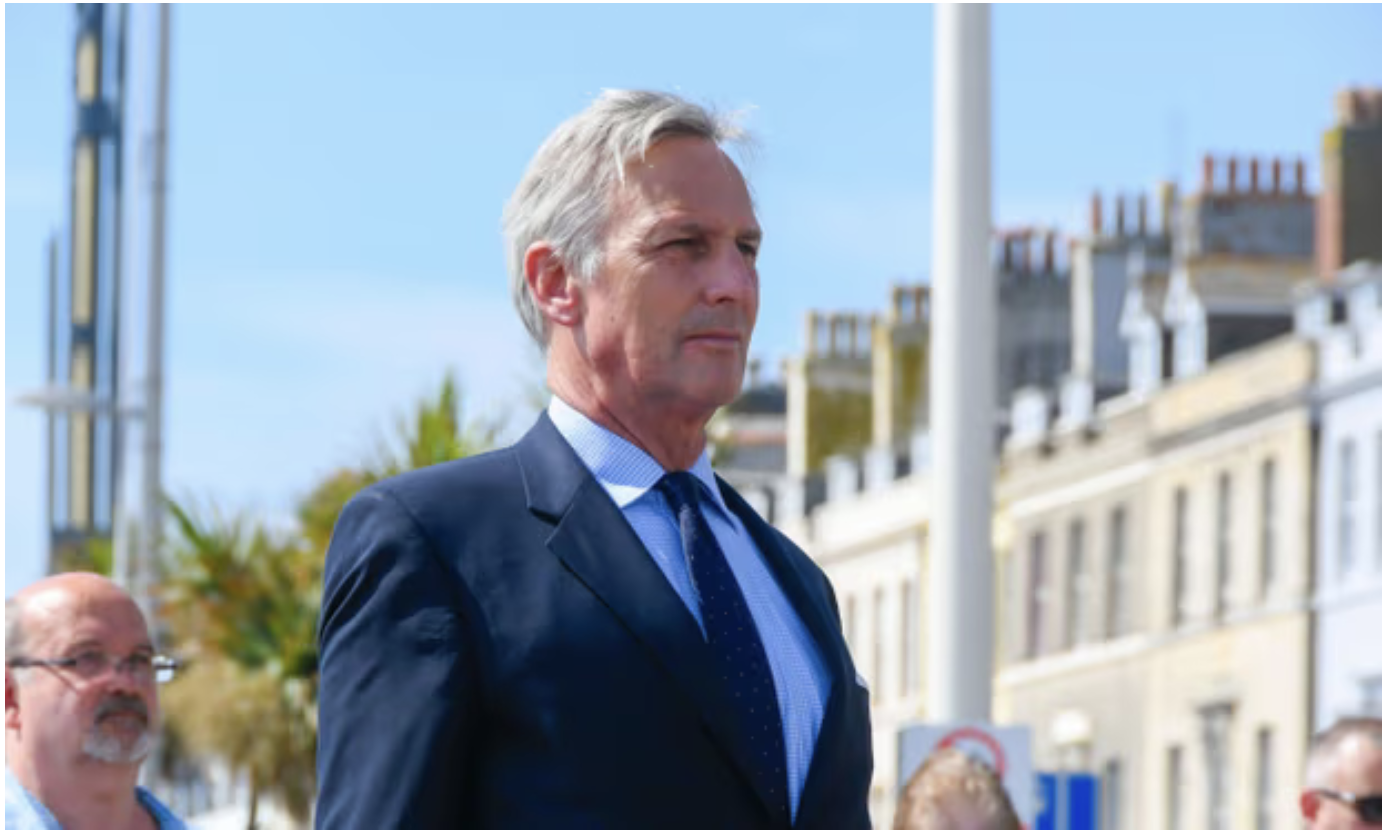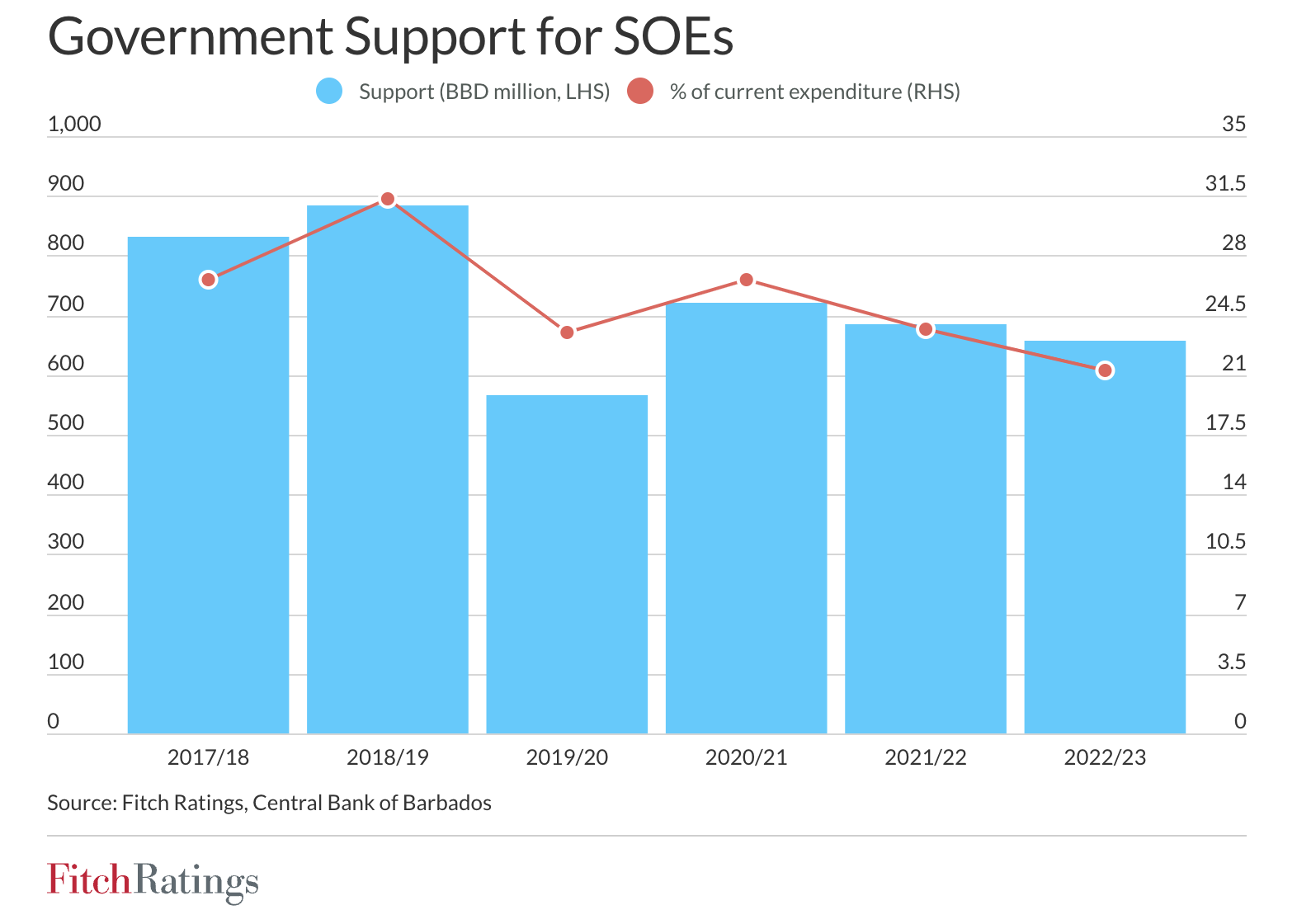
EMERA Caribbean President Sarah MacDonald has signalled that the company will be applying to the Fair Trading Commission (FTC) for a rate increase in the near future. The Canadian owner of Barbados’ sole electricity generation and distribution company intends to build a 60 megawatt power generation plant. We have been told that the current plant is old and inefficient. The bad news is that consumers are likely see their base rate move up BUT with anticipated improvement in operating efficiency the fuel adjustment should move down giving users a net benefit.
And in related news.
The FTC has completed its review of the best method the Barbados Light & Power must calculate the Fuel Adjustment Clause (FAC). The recommendation from the consultant and accepted by the FTC is that the BL&P will have to use its historical cost of fuel and NOT projected cost when administering the FCA.
Recently a BU – Bunker C and BL&P Revisited – blog recorded some insightful exchanges between commenters, although technical, the issue of how BL&P calculates key cost activities which ultimately affects the consumer should concern us all. Here are a few of the exchanges from that blog which should be of interest.
Barbadians were told the generators installed at the Spring Garden would positively impact cost of power generation:
B. A . Stard | May 15, 2013 at 9:23 PM | | Edit
BARBADIANONOVERSEASVISIT | May 15, 2013 at 6:15 PM |
Mr. Worme need to tell us why we have not benefitted from the new system as spring gardens. We were promised a reduction in electricity cost and that company has recouped the cost of installing the generator many times over.
************************************************************************
Those engines made and installed by the Koreans are designed to run on the least expensive low grade bunker fuel , unfortunately before the engines were commissioned, the manufacturing of this cheap fuel ceased.
Here is how BL&P uses Bunker C needed to power its two steam turbines, also get an insight into how BL&P generates power:
TheBoxer | May 16, 2013 at 2:01 PM | | Edit
Bunker C or fuel oil # 6 is a byproduct of crude oil. Its is a highly viscous tarry residual that comes just before asphalt in the refining process. It is solid at room temperature has to be either heated or mixed with other heavy fuel oils ((HFO) before it can be used in the power plant. BL&P mixes Bunker C with Gas Oil, a lighter fuel that it gets locally from Asphalt Processors. Hence they refer to it as Bunker C/ HFO.
BL&P uses it for its two steam turbines and its six low speed diesel plant because it is the cheapest (and dirtiest) fuel available. These two types of plant are used primarily as base load because of their higher efficiency and lower fuel costs. The most efficient are the low speed diesel plant particularly the recent one (D14 and D15) installed by the Koreans. They achieve efficiencies of 43-45%. They need only about 0.19 liters of fuel to generate 1kwh of electricity and any first year engineer student knowing those heat rates and the price at which BL&P buys Bunker C ($1500/ ton) would determine that the cost to produce one kwh of electricity using the low speed diesel plant is about Bds $0.30. Using a similar exercise for the steam plant one would determine that the cost of generation would be about Bds$0.47 per Kwh primarily because of the lower efficiencies (30%).
The exercise for gas turbines is a bit tricky because there are used for peak load and as such they can run at full load or sometimes as low as 40% of their maximum continuous rating in which case their efficiency falls off tremendously. These plants use either diesel or jet fuel and that again makes them more expensive to run. But there are necessary for grid stability and for balancing supply with demand at peak periods. There are responsible for 20% of the production of electricity as compared with 66 % for low speed diesel and 14% for Steam the other base load plants.
Overall the gas turbines produce electricity at an average of $0.85 per kwh but this can vary from $0.65 to $1.05 depending on the circumstances and the type of fuel. When one computes the weighted average of these components given their respective importance to the production of electricity you can see why we have arrived at Fuel Clause Adjustments in the ballpark of $0.45 /Kwh.
Hope the above helps clear up an misunderstanding pertaining to the mysteries of electrical power generation in this country.
If there is a peak period demand, why is it that BL&P does not offer an off peak rate for all or some users? I am thinking of little things like swimming pool pumps, that in some cases could be run at night at lower rates on timers.
The recent Pilot Program that concluded on December 31,2013 and which examined the impact of interconnecting renewables to the grid had, among other things, a Time of Use Rider (TOU) that was designed to reflect the differences in the cost-to-serve or marginal cost of generation during peak and non-peak hours. Peak hours being determined by BL&P as 10 a.m to 9 p.m week days.
The program was intended for only large power customers of which nine (9) participated. They included Barbados Water Authority, R.L.Seale, Barbados Mills and West Indian Rum Refinery among others.
TOU pricing is a common feature in power utility management world wide since it rebalances the load from peak period where it is very expensive to serve to non-peak hours where demand and costs are lower.
This component of the Pilot program was not very successful and as far as I gather only Water Authority saw some benefits because of the nature of their load and the fact that their pumps work continuously. They could have realized greater savings if they employ the strategies of R.L.Seale and a few others who used their in house generation to satisfy their load at peak period and used the Grid to benefit from the lower off-peak rates.
Others refused to participate because either they could not see the economic benefit of it (the differential between the rates were too small) or that their normal business operations would have been too impacted.
TOU pricing is an important part of integrating renewable energy into the grid and should be available to all customer both large and small. BL&P, however, have express concerns that this would cause significant diminution of there revenues if done on a large scale even though they will enjoy the obvious benefit of not having to invest in expensive power plant in order to meet their peak production needs.
Are Barbadians being charged a fair rate in light of the assurance that we were given that we were supposed to get cheaper electricity cost when the Spring Garden plant was commissioned, my source does not think so. Please, no theoretical response as I would asked that your response be analysed against what is believed.
I can’t express an opinion on what is a ‘fair rate’. All I can say is that without the two Diesel Plants, D14 and D15, the combined heat rates of the remaining Diesel, Steam and Gas turbine would be much higher and the Fuel Clause Adjustment (FCA) much higher all things being equal.
Having said that there are other factors that drive up the FCA and these include equipment availability, dispatching strategies, rising fuel costs etc. Some of these are due to BL&P’s management, others are due to the suitability and age of the equipment and public policy.
If by ‘fair rate’ you are referring to aspects of the rate design then that was litigated by the FTC and others in the last rate hearing (2008) in which BL& P were given the opportunity to earn a certain required level of revenue to recover reasonable operational expenses and at the same time earn a specific return on their employed assets (otherwise known as the rate base).
We want to know if there is any financial ‘hanky-panky’ or ‘frigging-in-the- rigging with regard to what is collected from consumers in the form the FCA (not the energy charge) and what is paid to the various fuel suppliers as per their invoices for actual fuels delivered for use in the generation process.
Can anyone confirm that there is no mingling of revenues generated from the FCA with those charged in respect of the BL&P’s energy charge inclusive of its guaranteed rate of return?
I appreciate your concerns because I too harboured those thoughts also about the FCA but after doing the calculations and reading the Consultation Report I was comforted that BL&P have been above reproach in that regard.
What I am not comforted about is their approach to the Integration of renewables generation into their generation mix and this is where I think they are making a huge mistake. I think they should face the fact that distributed generation is a reality that is occurring with or without their willingness to participate.
Photo Voltaic generation is here to stay and they need embrace it now and change their out-dated business model or suffer the consequences later when they end up with stranded assets expecting the remaining rate paying customers to bail them out with further burdensome rates.The sad consequence of this approach is that these remaining grid customers will the ones who either rent homes, or who face restrictive covenants and are either unable or can’t afford to put panels on their roofs. A huge fairness issue looms now over who pays for the cost of renewable expansion in this country and no one seems to be aware of it.
No one relishes the idea of a doomsday scenario played out before our eyes with BL&P facing declining revenues and stranded generation assets. And so as to protect BL& P from its destructive self, policy makers should step in now and deregulate the supply of electricity, separating it from its delivery. BL&P would be still responsible for the transmission and distribution which remain regulated. But generation, open to competition, will produce immediate and substantial benefits to consumers. Any generator of electricity, large or small, could negotiate contracts with BL&P for the supply of electricity. BL&P would still continue to schedule, dispatch and control the supply of electricity to meet the demand for electricity.
The reason I am optimistic such a plan would work is simple. In Barbados 65% of the cost of electricity is in generation versus 25% elsewhere in the developed world. If we could reduce that by even 20%, I think we would be better off. It happen with the Airlines and the Telecommunications Industry. Will it happen here? Probably not. The reason being is that companies like BL&P attract risk-averse investors who put their money in utilities because they want or need dividends to be paid no matter what happens. Directors of these companies will not let a CEO make changes that can bring about uncertainty.
Other challenges confront renewable expansion. These relate to planning, investment, technology, infrastructure and grid management. Taken as a whole, something tells me if we are banking on renewable energy as an economic game changer then it isn’t happening anytime soon.
I am still not entirely convinced that the BL&P does not benefit financially from the FCA charged to customers. Only a comprehensive review by a real ‘independent’ audit would allay fears of any price gouging on the part of the BL&P to meet any short falls in the rate of return the fixed energy charge is unable to achieve because of reduction in kilowatt demand arising from a depressed economy. Hence the BL&P’s lack of enthusiasm for greater emphasis on renewables substitution which would affect generation capacity.There is still time rather than wait until they end up with a lot.
I am not sure about the process of getting from where we are now to where we need to go, however, I share your concerns about the cosy nature of local business relationships.
It is my view that this process must not only be fair and transparent, but must appear so to the general public. All investors large and small should be given the opportunity to participate, even though we expect that given the size of the undertaking the usual suspects will come forward and dominate. But we are all Barbadians and this is still Barbados. What we should ensure is that the process be guided by an outside consulting firm, since this is something that while new to Barbados but certainly not new to the rest of the world.
As far as the ‘huge differential between the FCA charged to consumers and the landed cost of imported fuel’ all I can say there is a differential and leave it at that. Additionally, you may or may not know that the FTC is litigating that matter before the courts now and BNOCL are not the Plaintiffs. One way or the other we will know soon if this is a hidden tax or not, but do not look at BL&P because you are not going to find the answer to your question there.




Leave a Reply to InkwellCancel reply